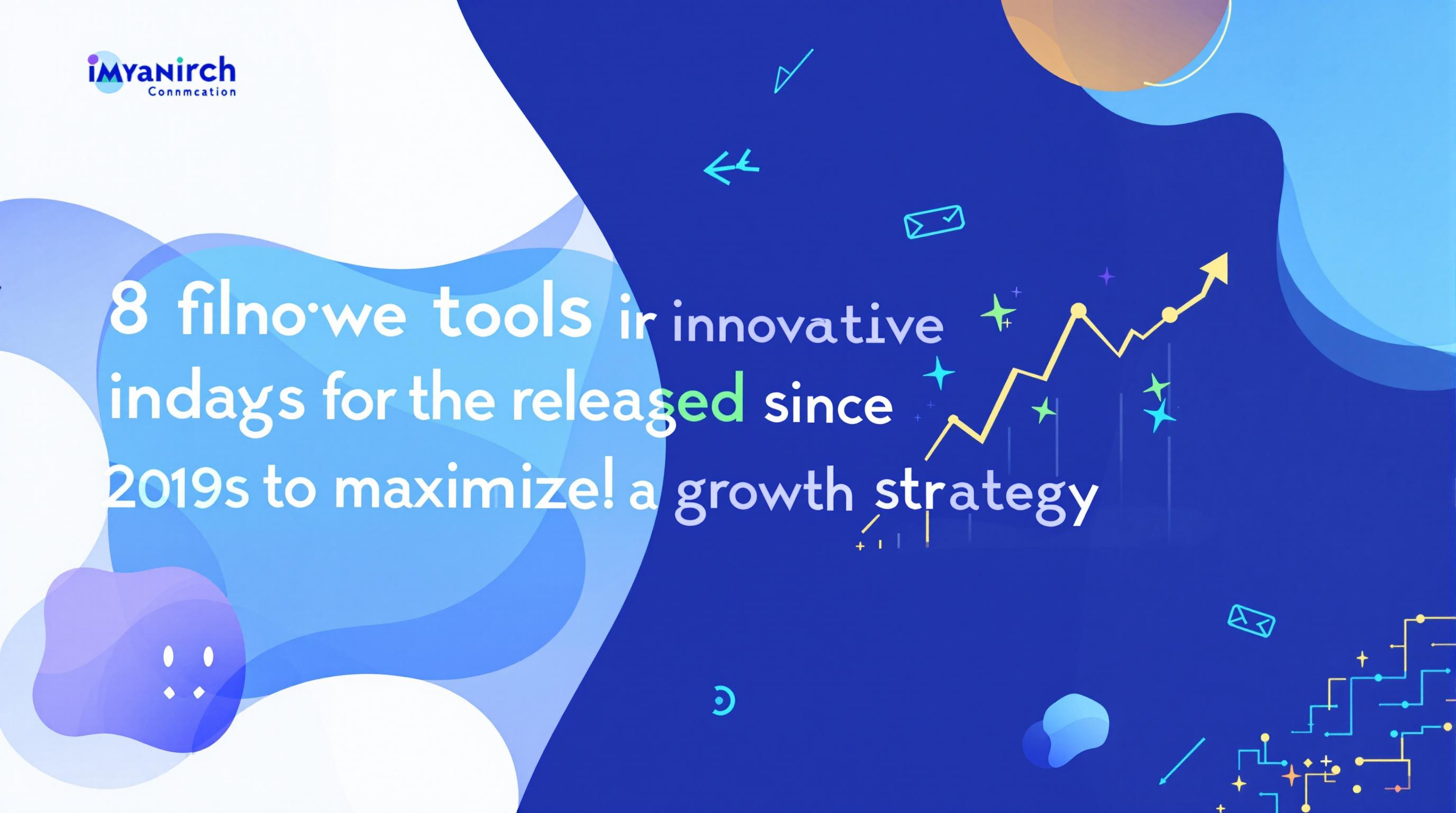Related Articles
- 5 Game-Changing Thematic ETFs Introduced Since 2019 That Are Redefining Global Market Strategies
- Unveiling Forgotten Revenue Streams: How Niche Collectibles Can Silently Boost Your Wealth Over Time
- Unlocking the Secrets: How Forgotten Heirlooms Can Reshape Your Legacy Beyond Traditional Wills
- 7 Emerging Global Investment Platforms Revolutionizing Portfolio Diversity Since 2019
- Unlocking the Role of Urban Gardens in Shaping Future Wellness Strategies Beyond Traditional Medicine
- 7 Emerging Digital Tools for Passive Income Planning Compared and Ranked for 2024 Success
Top 8 Innovative Tools Released Since 2019 to Maximize Your Financial Growth Strategy
Top 8 Innovative Tools Released Since 2019 to Maximize Your Financial Growth Strategy
Top 8 Innovative Tools Released Since 2019 to Maximize Your Financial Growth Strategy
1. Personal Capital's Retirement Planner
Launched with significant upgrades after 2019, Personal Capital's Retirement Planner stands out as a comprehensive tool that integrates your entire financial picture. By consolidating investments, income sources, and future expenses, it offers highly personalized retirement planning insights. This dynamic platform allows users to simulate various scenarios, adjusting spending, saving rates, and retirement age to optimize outcomes.
With advanced algorithms driven by real-time market data, the tool continually updates your plan, helping adapt to changing economic conditions. Its user-friendly dashboard makes complex financial concepts accessible, empowering users to take control of their long-term wealth goals. According to a review by Forbes, it "balances ease of use with deep analytical capabilities." (Forbes, 2020)
For anyone seeking to maximize financial growth through retirement planning, Personal Capital offers an all-in-one solution that evolves with your financial journey. It exemplifies how technology can simplify and enhance strategic decision-making to ensure a robust retirement fund.
2. Robinhood Crypto Trading Feature
Since introducing cryptocurrency trading in late 2019, Robinhood has revolutionized market access for retail investors. Its commission-free model has lowered barriers to entry, allowing novice and experienced traders alike to diversify portfolios with digital assets seamlessly. This innovation reflects the growing importance of cryptocurrencies in modern financial strategies.
The intuitive app interface simplifies what was once a complex process, providing real-time pricing, instant trade execution, and educational resources. Importantly, the platform has made it easier to experiment with small investments, increasing financial inclusion in emerging asset classes. Numerous financial analysts recognize this as a pivotal step toward democratizing alternative investments. (CNBC, 2021)
Incorporating crypto trading via Robinhood can help investors capitalize on the fast-growing digital economy cycle. For a comprehensive growth strategy, having access to emerging asset classes is crucial, and Robinhood’s feature set facilitates just that.
3. YNAB (You Need A Budget) 2020 Refresh
YNAB, a budgeting software widely praised for its proactive approach, released a significant update in 2020 to enhance user experience and flexibility. This refresh introduced better reporting tools, improved goal tracking, and enhanced compatibility with multiple devices—all aimed to help users align spending habits with long-term growth objectives.
By promoting a "give every dollar a job" philosophy, YNAB encourages mindful spending and consistent saving. Its real-time syncing and insightful visualizations allow users to identify trends and make adjustments for optimal cash flow management. This approach ultimately frees up more resources for investment and debt reduction.
Financial experts acknowledge that disciplined budgeting is foundational for financial growth, and YNAB’s improvements support sustainable money management practices. Through disciplined budgeting, users prepare the ground for effective investment strategies and wealth accumulation.
4. Tiller Money for Spreadsheet Lovers
Tiller Money launched innovative features post-2019, automating the aggregation of daily financial data into customizable spreadsheets like Google Sheets and Excel. This tool appeals to users who prefer full control over their financial data and want to build personalized, dynamic growth trackers.
By seamlessly linking bank feeds, expenses, and income, Tiller Money removes tedious manual entry, increasing accuracy and saving time. Advanced users can craft tailored dashboards, monitor asset allocation, and forecast cash flow, integrating financial growth metrics precisely suited to their strategy.
In an age dominated by apps, Tiller Money refreshes the spreadsheet experience, marrying automation with flexibility. It empowers self-directed investors and planners to harness familiar tools enhanced by real-time data for superior financial insights.
5. Mint's New Investment Tracking
Mint, synonymous with budgeting since its inception, rolled out an expanded investment tracking tool after 2019. This feature helps users view investment performance alongside budgets and credit scores, all within one unified platform. The seamless integration provides a holistic approach to financial management.
Users can monitor portfolio balances, asset allocation, and fees, while receiving alerts about suspicious activities or low liquidity. These insights promote informed investment decisions and encourage timely rebalancing strategies critical for growth.
Mint's added investment functionalities simplify portfolio oversight for retail investors, particularly those managing multiple accounts. This repositioning from pure budgeting app to comprehensive financial dashboard illustrates evolving user needs in financial technology.
6. Acorns' Later Launch and Evolving Features
While Acorns gained popularity earlier, it unveiled new features after 2019 that expanded its micro-investing approach. The app rounds up user purchases to the nearest dollar, investing these small increments automatically into diversified portfolios. Its user-friendly experience lowers the friction of investing for beginners.
Recent updates include retirement accounts, recurring investments, and personalized advice, helping users build wealth gradually but consistently. By leveraging behavioral finance, Acorns nudges habitual savings, compounding small change into substantial growth over time.
Financial planners endorse micro-investing as a strategic entry point for inexperienced investors. Acorns’ evolving toolkit exemplifies how technology nurtures financial habits that underpin long-term asset growth.
7. Wealthfront's Automated Financial Planning
Wealthfront introduced enhanced AI-driven financial planning capabilities in recent years, creating a sophisticated robo-advisor experience. The platform blends automation with personalized goal-setting to optimize investment strategies and tax efficiency, vital for maximizing net returns.
Features like Path enable users to model retirement, home purchases, and education expenses with precision. Wealthfront’s tax-loss harvesting and direct indexing provide significant advantages typically reserved for wealthier investors. Automated rebalancing ensures portfolios stay aligned with risk preferences.
By reducing behavioral biases and making advanced strategies scalable, Wealthfront empowers users to maximize financial growth through disciplined, data-driven planning. This innovation reflects a broader trend toward personalized yet automated wealth management technology.
8. Betterment’s Socially Responsible Investing Options
Betterment expanded its platform in recent years to include tailored socially responsible investing (SRI) portfolios. Catering to investors seeking both growth and impact, it offers diversified ETFs aligned with environmental, social, and governance (ESG) criteria. This reflects a shift in investor values toward sustainable growth.
The platform applies automated rebalancing and tax-efficient strategies, ensuring that ethical investments don’t come at the cost of returns. Betterment also educates users on SRI impacts and performance, fostering informed stewardship alongside financial progress.
SRI’s rising popularity highlights the integration of values and finances. Betterment’s innovation demonstrates how growth strategies can evolve to embrace both profitability and positive global influence within one portfolio.
Conclusion: Embracing Innovation for Financial Growth
Since 2019, financial technology innovations have transformed how individuals plan, invest, and manage wealth. Tools like Personal Capital’s retirement planner, Robinhood’s crypto trading, and Wealthfront’s AI planning empower users with data-driven, accessible solutions for maximizing growth. Meanwhile, budgeting and micro-investing tools such as YNAB and Acorns reinforce habits essential for long-term success.
Platforms offering customizable and socially conscious investment options, including Tiller Money and Betterment, showcase how technology can align financial outcomes with personal values and preferences. Together, these innovations lower barriers, increase transparency, and promote smarter financial decisions.
Adopting and integrating these technologies into your financial growth strategy can unlock new opportunities for efficiency, diversification, and sustainability, ensuring your wealth plan remains resilient and adaptive in a dynamic economic landscape.



